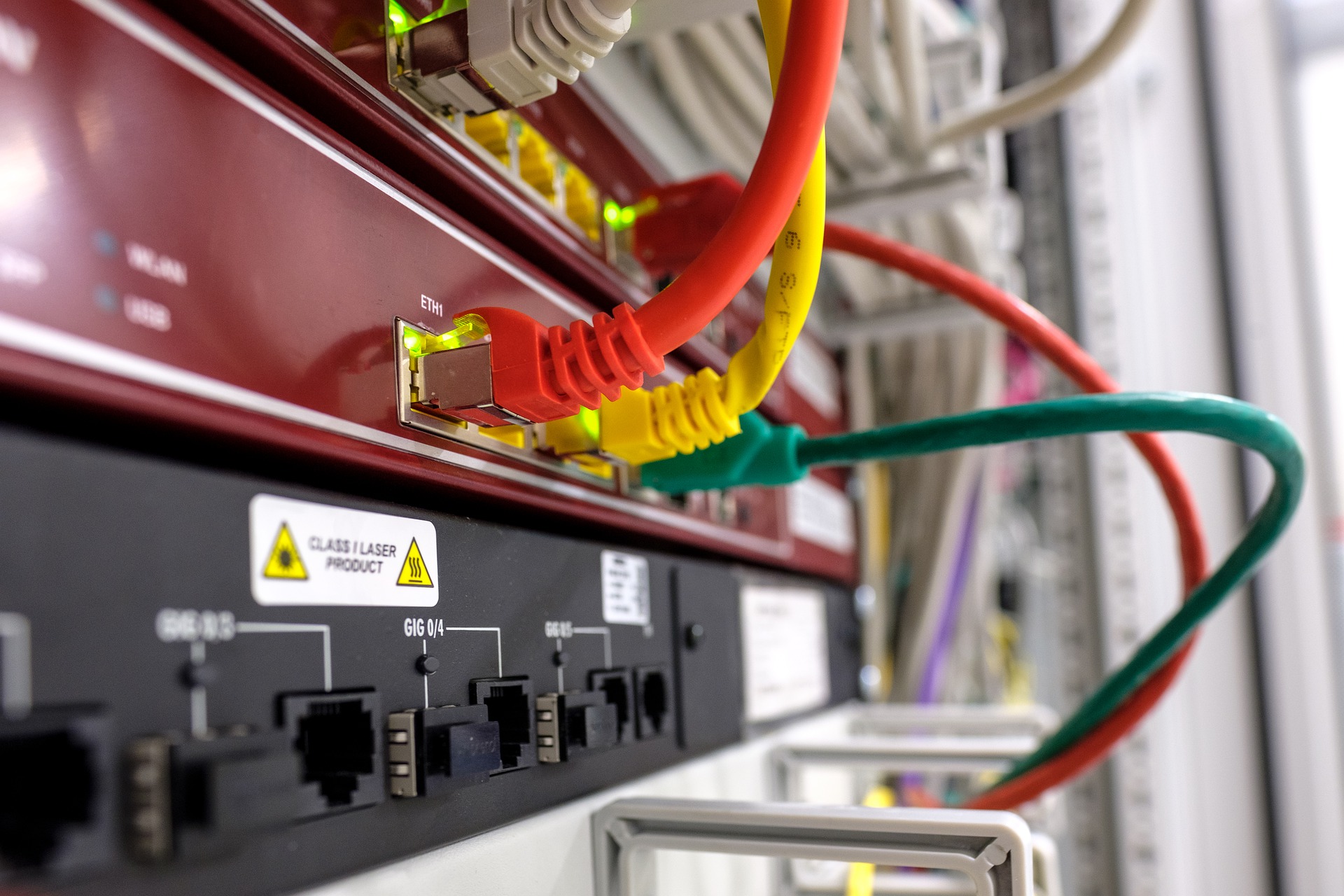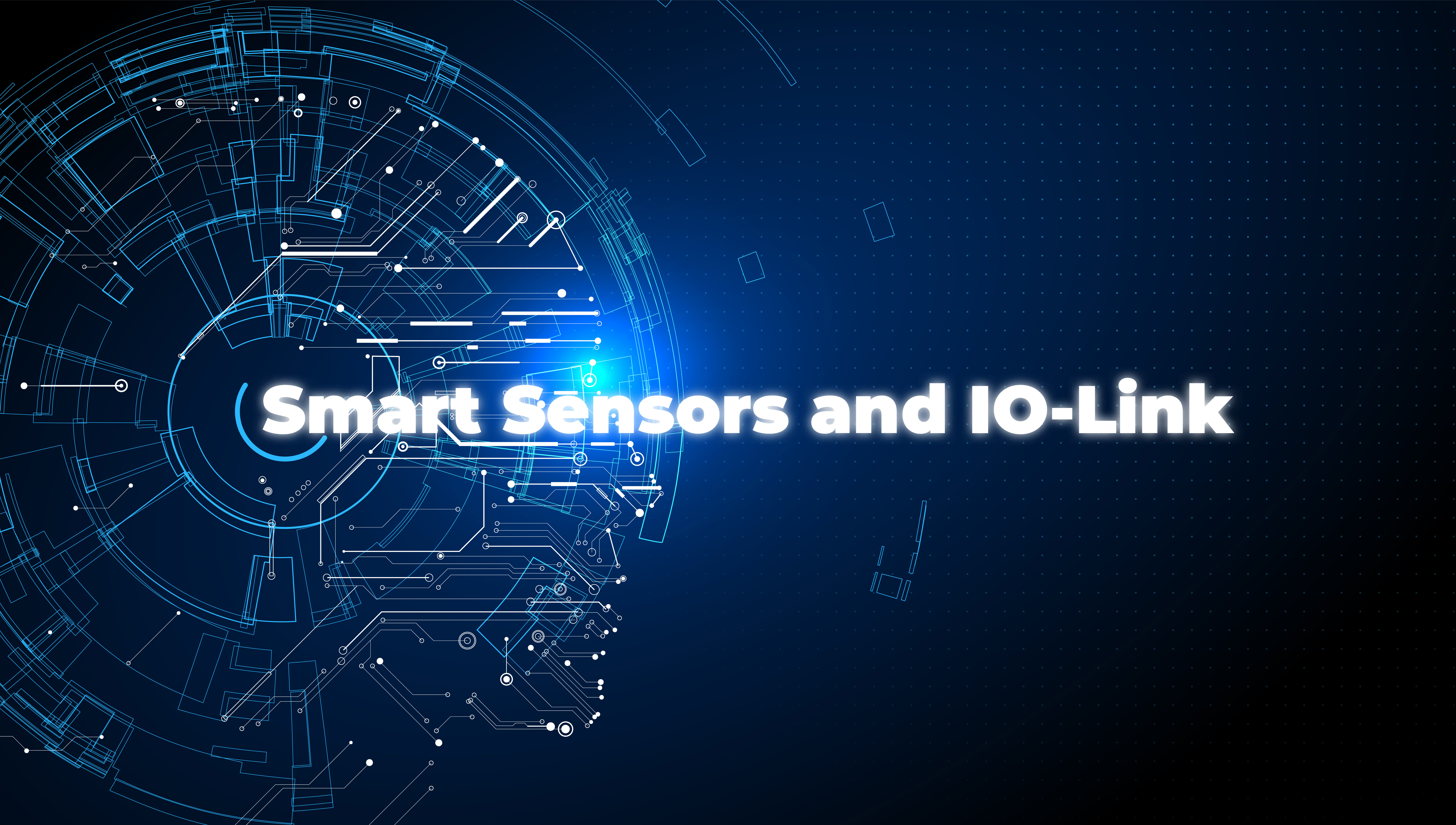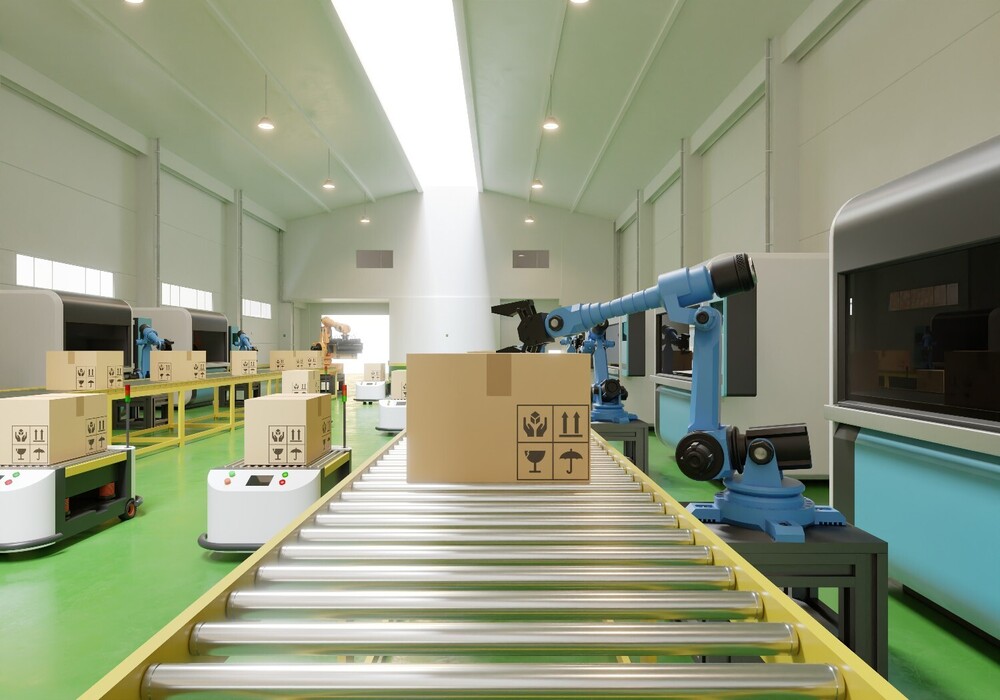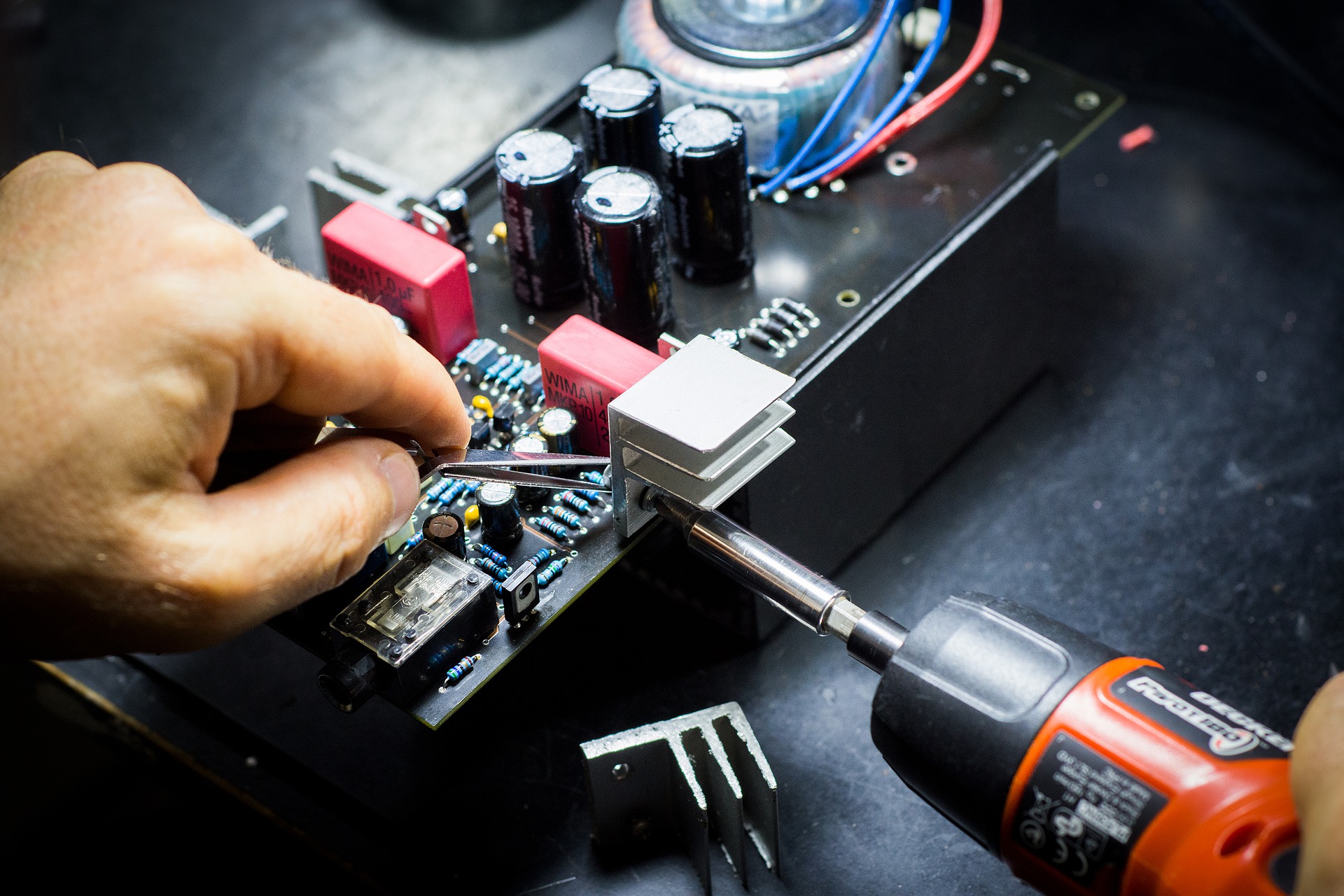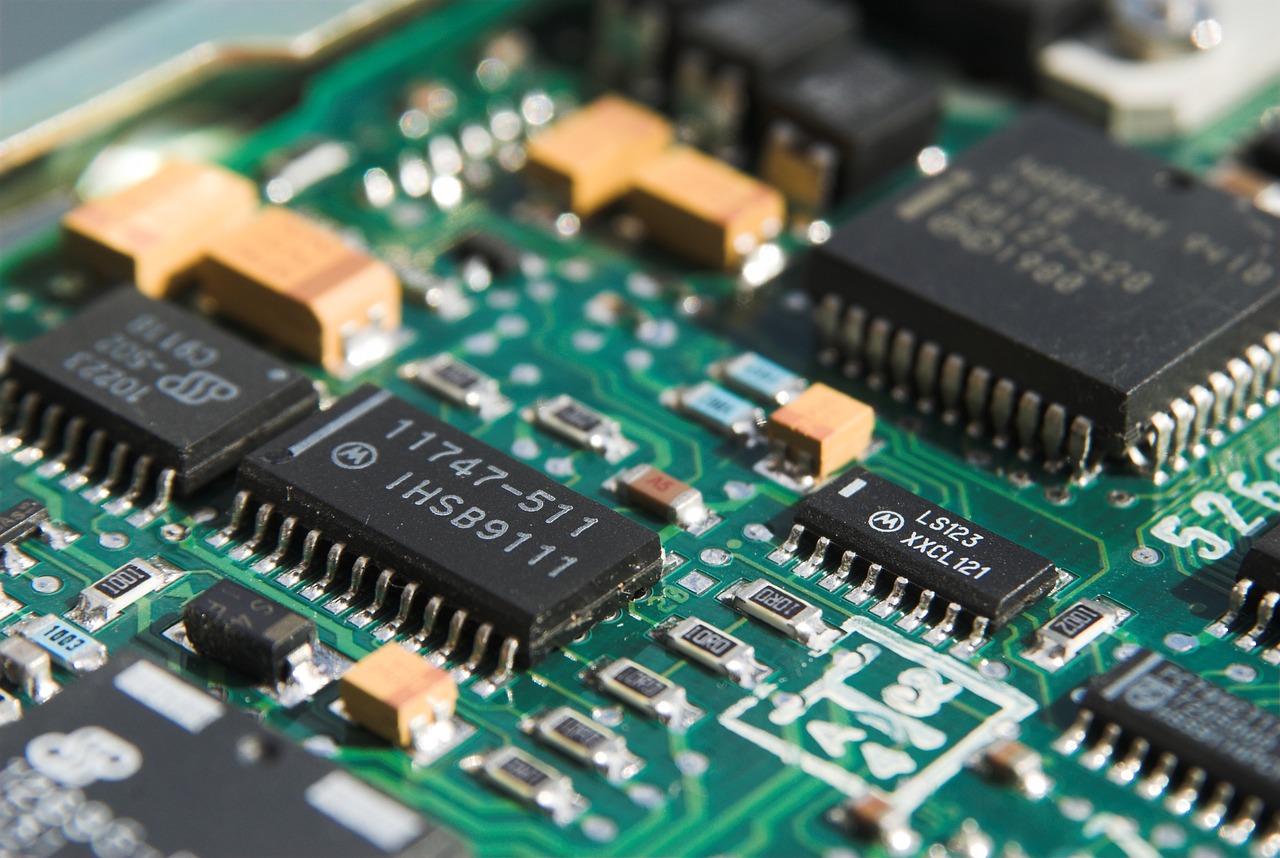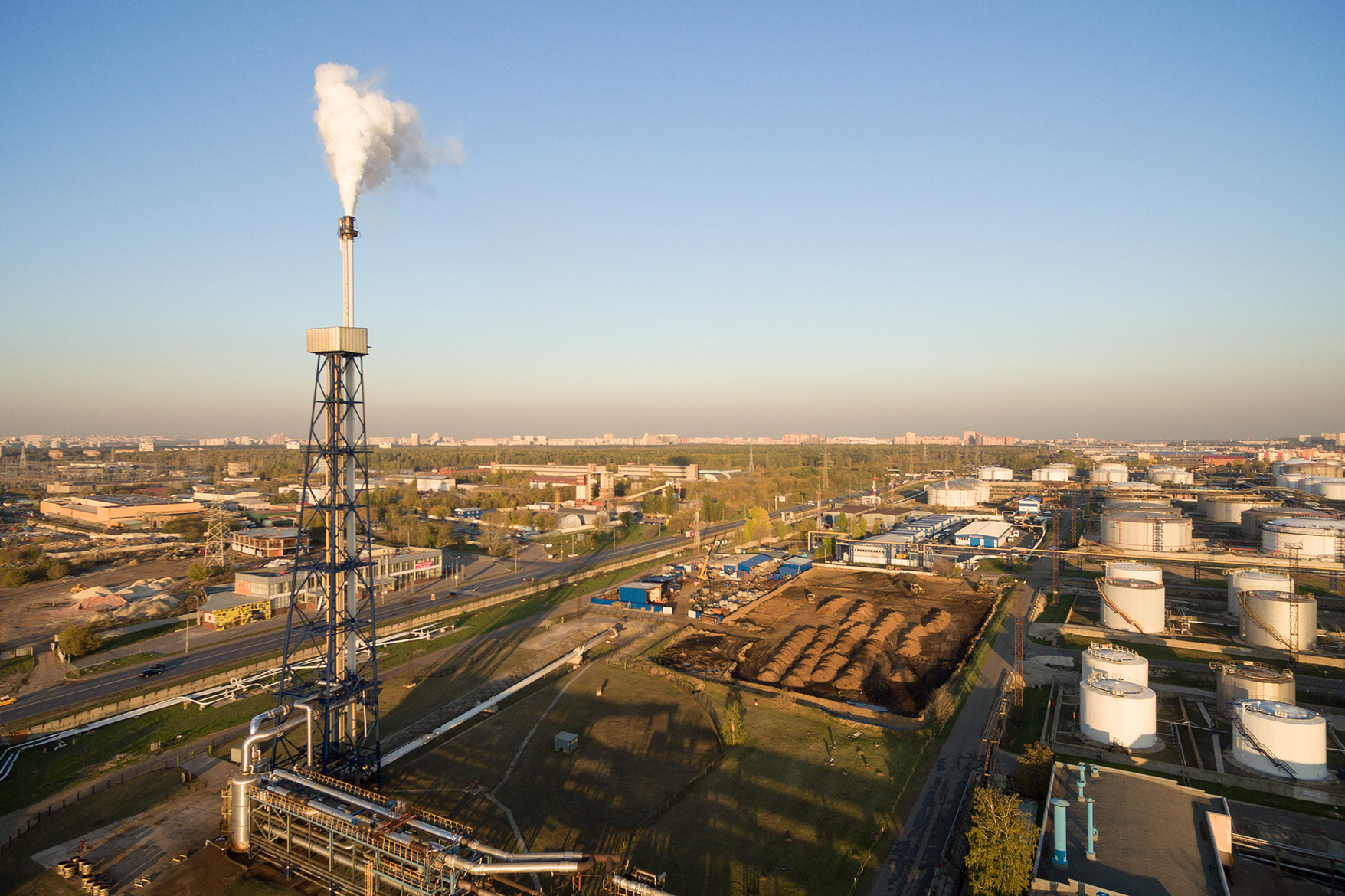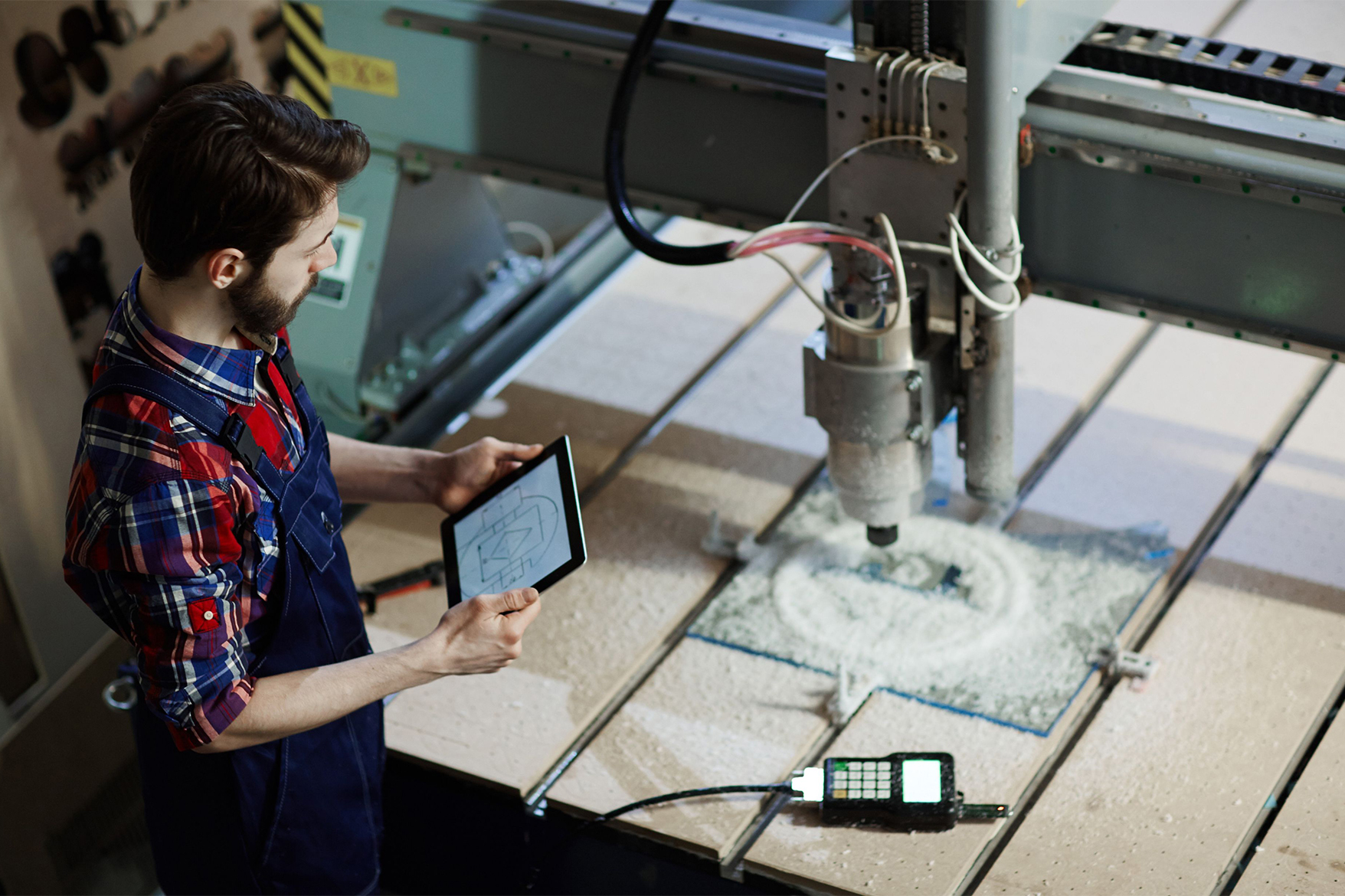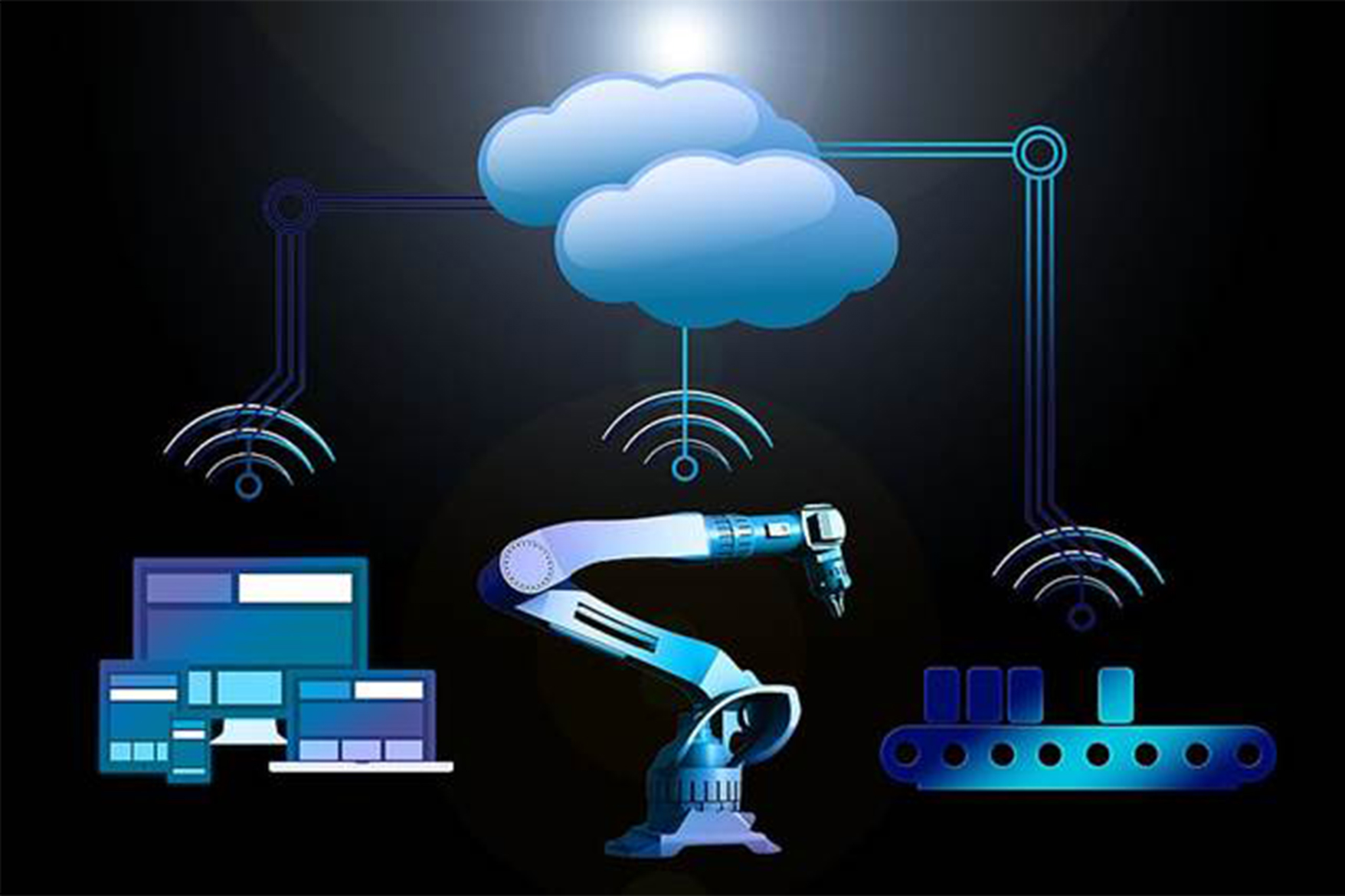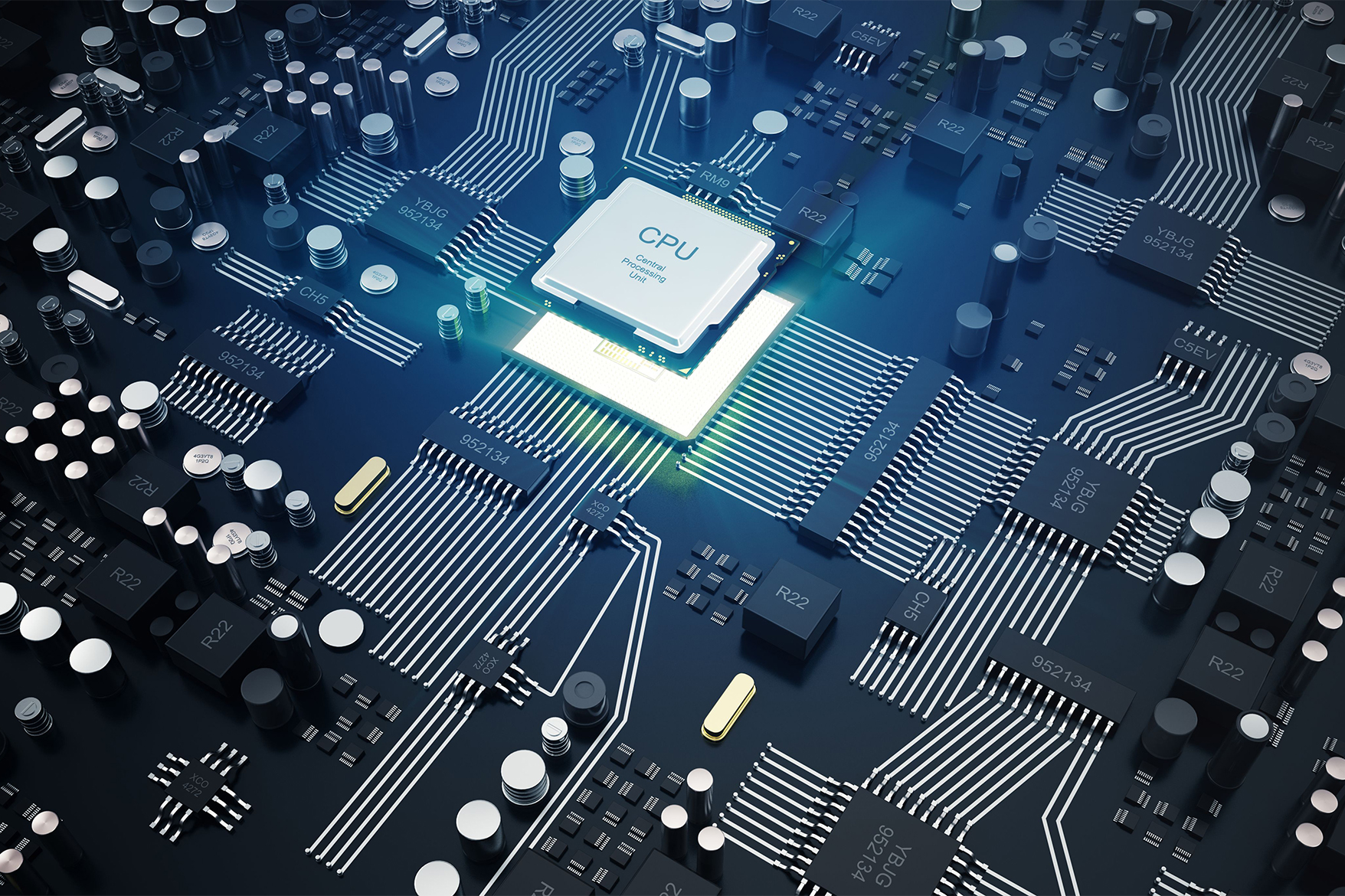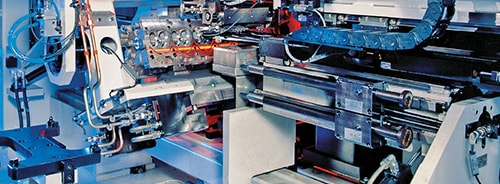An Introduction to Industrial Connectivity
Industrial connectivity has come a long way since the first time a PLC was controlled by a computer. Well! it was a ‘Hurrah’ moment for industries as it created a whole new horizon for innovative technologies. However, amid the gradual shift towards digitalization, the lack of efficient exchange of data among systems and applications was hindering the communication.
When ISA-95 reference model came into light, it compartmentalized the automation architecture into different vertical layers based on the nature of data generated. While this model allowed various industrial manufacturers to innovate technologies keeping the architecture layers in mind, it also helped them understand the communication interdependencies among the systems across the layers.
Fast forwarding to today, the coining of the term ‘Industry 4.0’ has emphasized on interlinking various systems (machines, devices, applications, etc.) from plant floor to the enterprise applications of ISA-95 to become a smart factory. This interlinking is possible through efficient connectivity solutions enabling smooth data exchange across the layers. These connectivity solutions are designed keeping the communication needs in mind. While a proximity sensor has a single function, i.e., to detect an object within a certain range, a controller is expected to send sophisticated instructions in different scenarios.
Historically, these different communication needs have given rise to the application of various industrial communication protocols.
Factors Influencing the Evolution of Industrial Communication Protocols
As mentioned earlier, the evolution of industry protocols goes back to various scenarios that led various industrial associations and independent OEMs to develop various protocols. Some of the factors that influenced the emergence of various modern protocols are:
- Interoperability: With generations of electronics and technologies evolving over the decades, the industries started facing difficulties in establishing compatibility among the heterogeneous devices at various layers, especially at the OT level. The devices developed by different manufacturers supported either vendor-specific proprietary protocols or Commercial-Off-the-Shelf (COTS) protocols. Due to this, the need for establishing interoperability among the devices became one of the primary concerns for smooth connectivity from plant floor to the enterprise layers and beyond. This generated the need for common platforms like OPC UA that allows all the devices to communicate in a common language unlocking the potential of IIoT.
- Real-time/Determinism: When it comes to communication, industries need connectivity solutions that enable fast responsiveness, ensure real-time delivery of time-sensitive messages, and reduce jitter. The OEMs and various protocol consortiums are constantly working to innovate solutions for aforementioned criteria and more. In fact, communication standards and protocols like TSN (Time Sensitive Network) and Profinet IRT are already making significant progress.
- Operating Environment: One of the most discussed aspects in industries is the safe operating conditions on the plant floor. While some nodes may exhibit a certain amount of heat, vibration, or noise, others may operate in a hazardous environment. Therefore, having stable connectivity channels for such scenarios has always been a challenge. For example, PROFIBUS DP is suitable for manufacturing, whereas PROFIBUS PA has dominated the process industries. In fact, the recent developments in Added Physical Layer on Ethernet (Ethernet-APL) promise to deliver better communication speed along with intrinsic safety benefits to process industries.
- Mobility: As the plant operations get more complex, newer inventions replace the legacy systems. For example, the use of Automated Guided Vehicles has minimized the number of workers needed to transport materials within the plant. However, the use of wired connectivity does not fulfil the communication need here as the plant asset is mobile. The evolution of wireless protocols has helped overcome this issue. 5G technology will not only allow plant devices to communicate faster than a human possibly can, but will also ensure the delivery of time-sensitive message by slicing the bandwidth.
- Scalability: As and when industries scale-up, new nodes/devices/machines are added in the network. However, expanding the network always puts a challenge in terms of additional configurations, implementation overheads, implications on existing network architecture, etc. This is the reason why self-healing wireless networks like ZigBee are designed.
- Power Consumption: With multiple machines deployed on a plant floor, connecting them using specific protocols consumes a lot of power. As a matter of fact, the devices that are battery-powered or electric-powered, a single fault in the power source can seriously damage the entire connectivity. This can be especially a crucial aspect when an end-node is installed at a remote location. Therefore, the invention of low-power wireless networks like Bluetooth low energy, Wi-Fi, etc.
While the conventional purpose of the communication protocols was to provide seamless connectivity among the devices, digital disruption in industries is demanding more than that. The panorama of modern industries needs smooth convergence of OT and IT, which were two different worlds altogether. Along with intelligent devices, industrial protocols are bridging this gap.
How Communication Protocols Converge OT and IT?
Industrial automation pyramid with all 5 layers is a way to look at the communication happening within the system. However, it is not necessary to have all these layers as part of all the industrial network architectures. Since the advent of edge computing, industries are actively deploying it to bypass all the middle layers between control layer and the cloud.
This means that the automation pyramid is reduced in size, or in other words, it is flattening, i.e., from 5 layers to just 2 or 3 layers.
However, if you look closely, the role of seamless communication is quite important at the moment. While field devices release data at a higher frequency in smaller sizes, client applications on cloud require larger messages in low frequency. Therefore, the connectivity solutions must fulfill the necessary demands of the end industries.
In the light of convergence, the role of communication protocols can be discussed at two levels:
Field to Edge
Field devices like sensors and actuators need communication protocols that allow them to communicate in robust way. Some of the communication protocols that are widely used on the field level to connect various machines and devices are IO-Link and the fieldbus protocols like Modbus, HART, Profibus, FF, and Control Area Network (CAN). In fact, Industrial Ethernet protocols like Profinet, EtherCAT, Ethernet/IP, etc., offer great potential to the complex and field devices network.
The data transferred to the control layer gets processed and sent to the above layers or specific instructions are sent to the field devices. Therefore, the communication protocols should enable scalability. Some of the communication protocols that provide a scalable connectivity from the PLCs all the way down to I/O and Sensors are EtherCAT, Profinet RT, Powerlink, IO-Link, Modbus, Ethernet/IP, S7, MELSEC, etc.
Edge to Cloud
Conventionally, the data coming from the field and control layers get converted into enterprise-compatible format. However, communication protocols like SigFox, OPC UA, TSN, MQTT, AMQP, etc., are enabling communication right from the sensor to the cloud.
The field level specifications of OPC UA, called OPC FLC is under development that will redefine the communication across all the layers of automation pyramid.
Endnote
While connectivity is making a major progress in the industrial front, the OEMs are constantly on their toes to cater to the communication needs of the end industries. With varied demands of diverse industries, there is surely not one communication protocol that can fulfill them all. However, with continuous research and global consortiums coming forward, we can surely expect an influx of innovative technologies paving the way for seamless and improved communication. Utthunga is one of renowned names in industrial protocols that enables the various industry OEMs to engineer cutting-edge connectivity solutions. We are experts in providing device-level and software-level connectivity services along with verifying, verifying, and certifying the solutions at each step. Therefore, let us collaborate to help you fulfil your connectivity needs.
Check out our Industrial Connectivity Services to know more.

